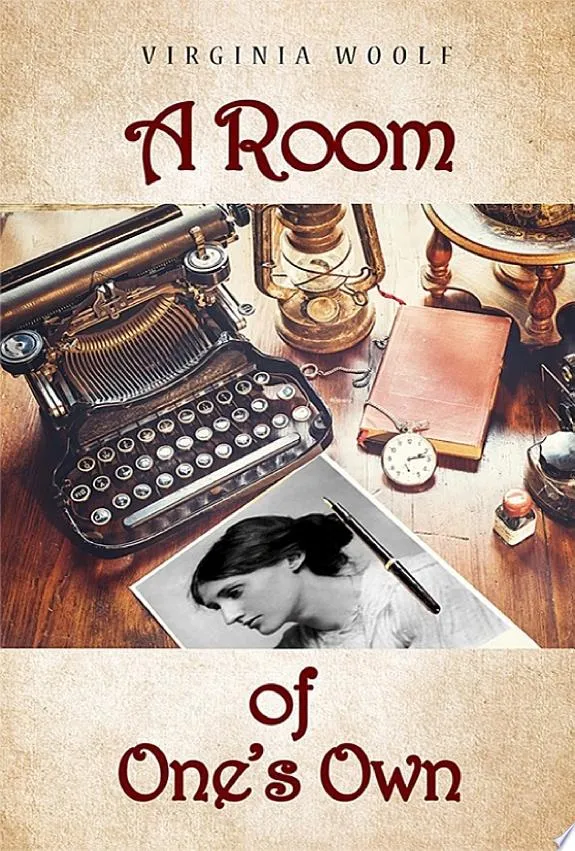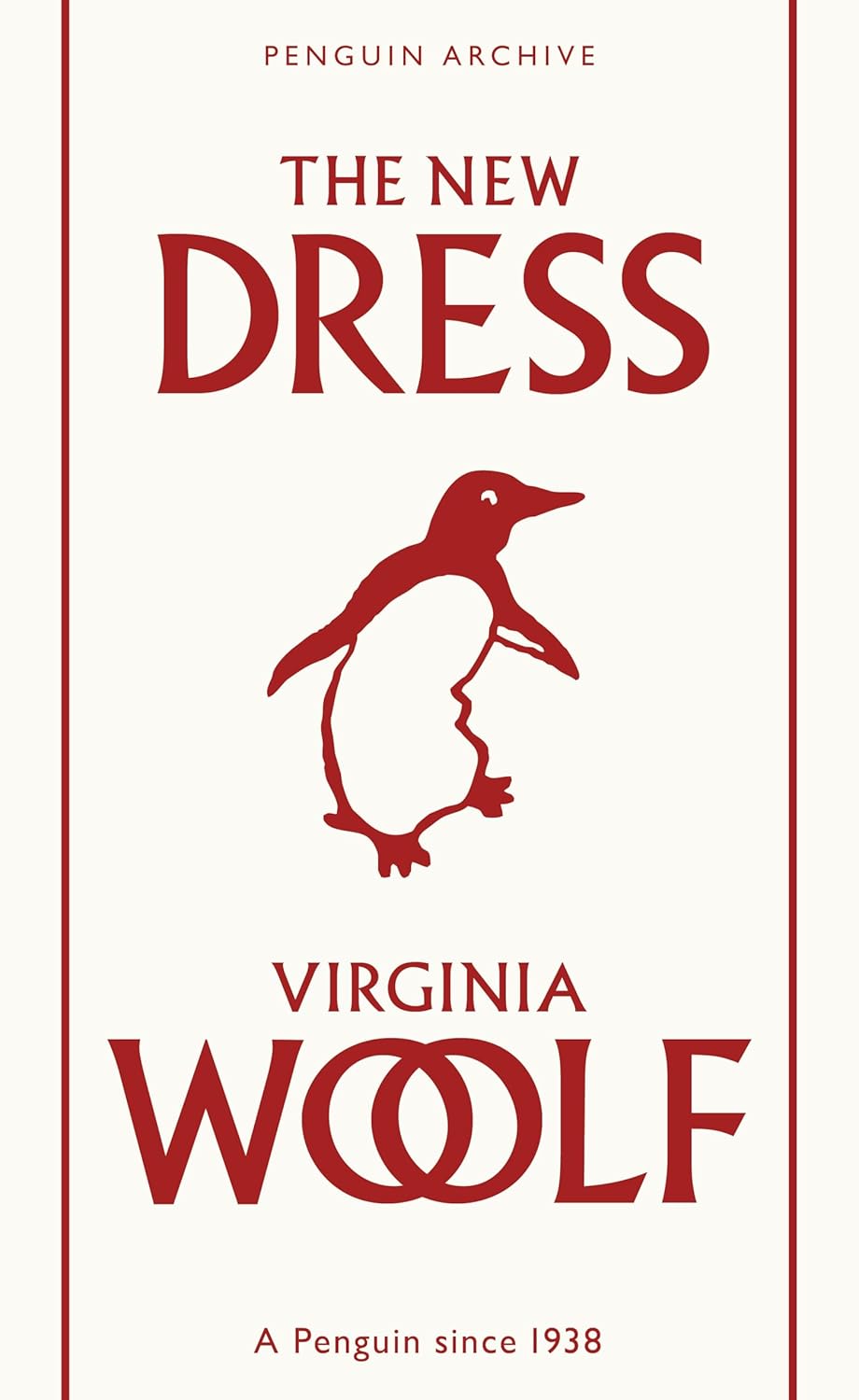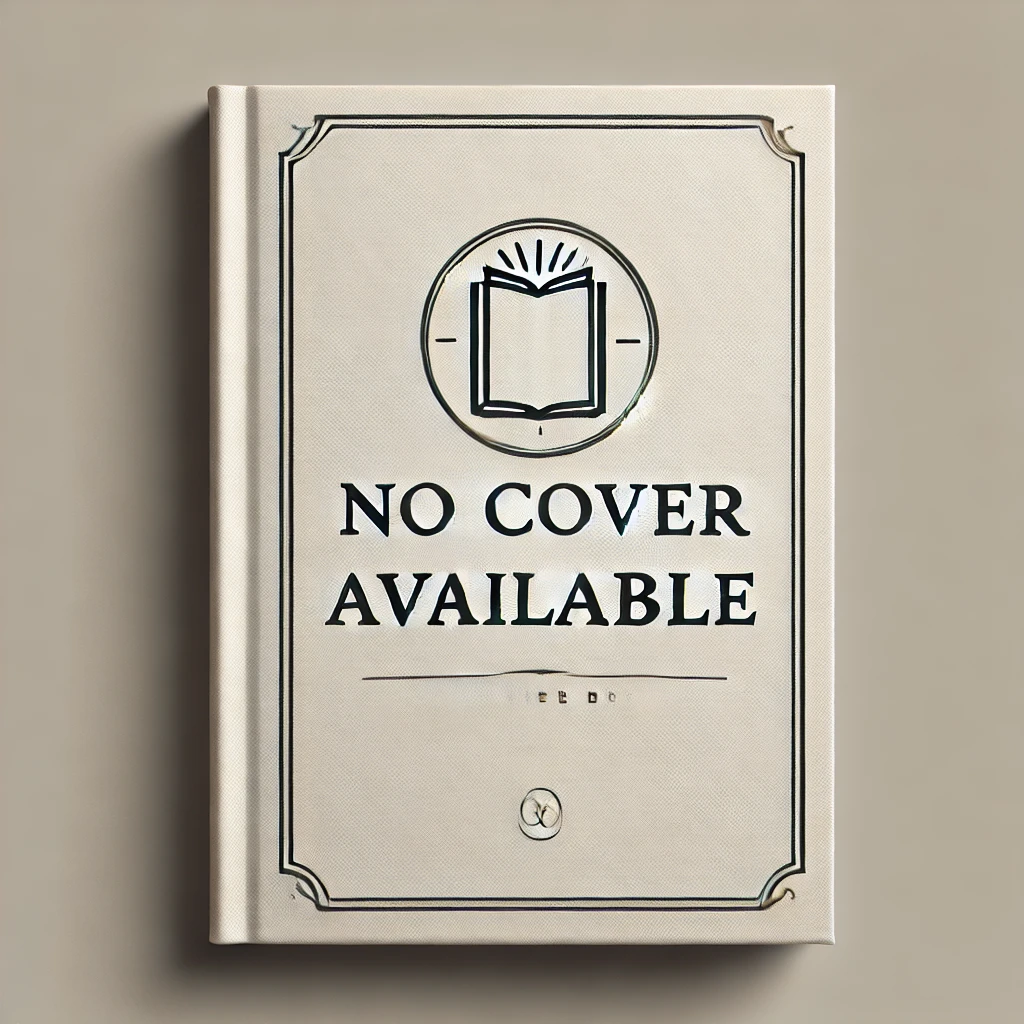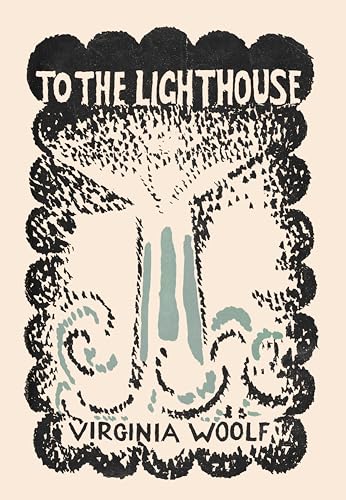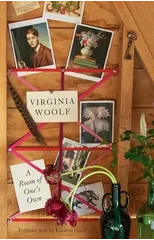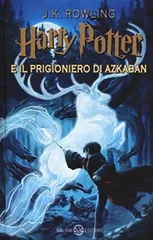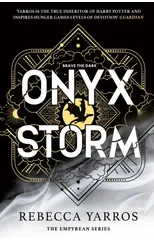A Room of One’s Own is an essay written by Virginia Woolf. It was published in 1929 and is based on two lectures given by the author in 1928 at two colleges for women at Cambridge. In this famous essay, Woolf addressed the status of women, and women artists in particular. In this essay, the author also asserts that a woman must have money and a room of her own if she is to write. According to Woolf, women’s creativity has been curtailed due to centuries of prejudice and financial and educational disadvantages. To emphasize her view, she offers the example of an imaginary gifted but uneducated sister of William Shakespeare, who, discouraged from all eventually kills herself. Woolf celebrates the work of women who have overcome that tradition and become writers, including Jane Austen, George Eliot, and the Brontë sisters, Anne, Charlotte, and Emily. In the final section Woolf suggests that great minds are neutral and argues that intellectual freedom requires financial freedom. The author entreats her audience to write not only fiction but poetry, criticism, and scholarly works as well.
Virginia Woolf
Virginia Woolf was a prominent English writer and modernist literary figure. Known for her stream-of-consciousness writing style, she challenged traditional narrative structures and explored themes of gender, class, and mental health in her works. Some of her most notable works include "Mrs. Dalloway," "To the Lighthouse," and "Orlando." Woolf's contributions to literature include her innovative approach to character development and narrative technique, as well as her exploration of the inner lives of her characters. Her most famous work, "Mrs. Dalloway," is considered a masterpiece of modernist literature and a reflection of Woolf's unique literary voice. Woolf's impact on the literary genre is undeniable, as she paved the way for future generations of writers to experiment with form and style in their own works.
